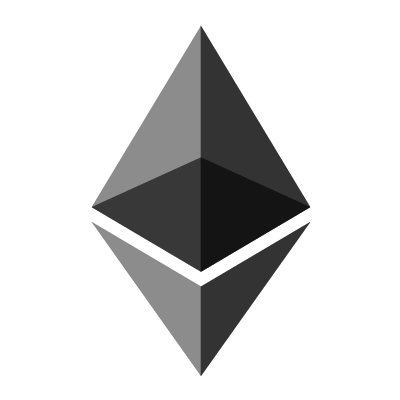Why nearly everyone misunderstands rollups. How it’s possible to have both an optimistic bridge and zk bridge on a single rollup.

One of the most interesting panels at Devcon this month was "This is how rollups really work" by Kelvin Fichter from Optimism, who says that most people in the crypto community have an incorrect understanding for what is a rollup.
This is actually a fairly deep concept, and there are even parts I still don't fully understand.
Most of us have an incorrect concept of what a rollup is
Fichter brings up the idea that the concept of an "optimistic rollup" or "zk rollup" doesn't actually exist because "classical rollups" (i.e. smart contract rollups) are not purely defined by their smart contract bridges. Classical rollups can actually have multiple bridges, and they aren't necessarily fixed to one L1<>L2 bridge.
The precise definition of a rollup he prefers is:
A blockchain that uses another blockchain for ordering and data availability.
In other words:
- Compressed data is completely stored on L1 (or in blobs)
- L1 ultimately provides ordering for the transactions in the rollup data
- For classical rollups, L1 also provides consensus for rollups through a trust-minimized bridge. For sovereign rollups, L2 nodes provide consensus.
And that's it. It does not necessarily need to have a bridge with optimistic proofs or zk proofs. And sovereign rollups do not even use the base layer for consensus.
This isn't the first time this idea has been brought up. Several other notable discussions:
- Jon Charbonneau – https://dba.mirror.xyz/LYUb_Y2huJhNUw_z8ltqui2d6KY8Fc3t_cnSE9rDL_o (an excellent summary)
- Kelvin Fichter – https://www.youtube.com/watch?v=GlxSP_ABE4Y
- Toghrul Maharramov – https://www.youtube.com/watch?v=Aey1_acXL0k
What would happen if a rollup had more than 1 bridge (optimistic + zk)?
The vast majority of rollups we're familiar with (e.g. Optimism, Arbitrum One, Base, Linea) have exactly 1 enshrined bridge. We typically call them "optimistic rollups" or "zk rollups" as a simplification of the definitions because their main smart contract bridge back to L1 with the vast majority of TVL uses either optimistic proofs or zk proofs. If that single L1<>L2 bridge were compromised, the whole network would practically be compromised. So for simplicity, we assign the value of the rollup to that single bridge.
But technically, someone else could build a zk bridge on an "optimistic rollup" to store sequenced transaction data on L1. And if over time, 99% of the TVL transfers from the optimistic bridge over to the zk bridge, it would shift from being an optimistic rollup to a hybrid rollup and then to a zk rollup.
While I can't think of any rollup that currently has multiple types of bridges, the concept isn't new.
For example, the Polygon PoS network was originally a Plasma chain because it had a Plasma bridge (that's still active). Later on, it shifted to a smart contract bridge, which ended up with nearly all the TVL activity. There are 2 main bridges on the same network, so Polygon PoS is more than just a Plasma chain or a Side chain. It's a network with 2 bridges of different types.
Overall, I think it's still fine to refer rollups as an "optimistic rollup" or a "zk rollup" as a simplification, but it's important to understand how rollups really works and why those terms are technically misleading.
submitted by /u/HSuke
[link] [comments]